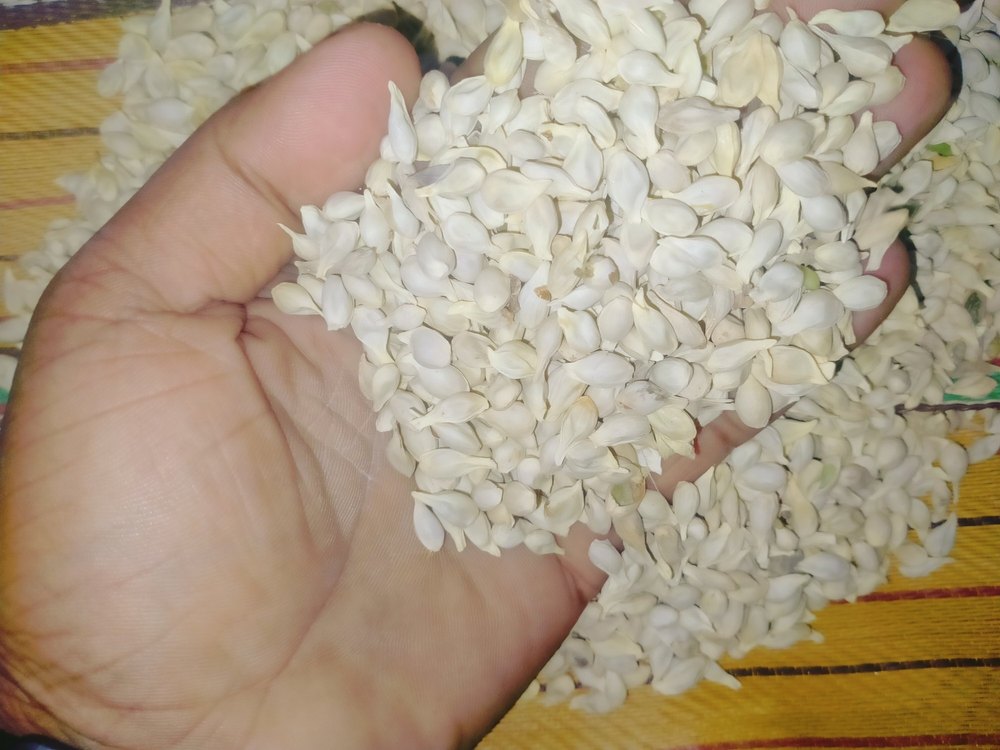Oranges are one of the most popular and commonly consumed fruits around the world. However, most people eat oranges without giving much thought to the seeds contained within Though small, orange seeds exhibit diversity in size and shape. Understanding the size of orange seeds can provide useful insights for agricultural, culinary, and even craft applications
Key Size Parameters
Several key measurements help characterize the size of orange seeds:
- Length – The longest dimension of the seed
- Width – The lateral dimension perpendicular to the length
- Thickness – The narrowest dimension of the seed
- Diameter – The mean width of a seed, calculated as either:
- Arithmetic mean diameter – The average of length, width, and thickness
- Geometric mean diameter – The cubic root of the product of length, width, and thickness
These parameters allow for a multi-dimensional understanding of orange seed sizes beyond just length. Width, thickness, and diameter measurements also factor into size characterization.
Average Size Ranges
Research studies have examined the seed sizes of different orange varieties. While there is some variation, common sizes emerge.
The length of orange seeds generally ranges from 13-15 mm Widths typically span 7-9 mm, while thicknesses are often between 4-5 mm
In terms of diameters, arithmetic means range from 8-10 mm and geometric means are commonly 7-9 mm.
Comparing Orange Varieties
Interestingly, different orange varieties exhibit subtle differences in seed size.
One study compared Late Valencia and Red Blood orange seeds. It found
-
Late Valencia seeds had a length of 14.66 mm, width of 8.45 mm, and thickness of 5.05 mm.
-
Red Blood orange seeds measured 13.75 mm long, 7.51 mm wide, and 4.99 mm thick.
-
The arithmetic diameter averaged 9.39 mm for Late Valencia and 8.75 mm for Red Blood.
-
Late Valencia seeds had a geometric diameter of 8.47 mm versus 7.97 mm for Red Blood.
This shows Late Valencia seeds tend to be marginally longer and wider than Red Blood varieties. However, seed thickness is comparable between the two.
Factors Influencing Size
Several key factors impact the observed sizes of orange seeds:
-
Orange variety – The genetics of the orange cultivar significantly influence seed size.
-
Growing conditions – Climate, soil properties, and horticultural practices affect development.
-
Fruit size – Seeds from larger oranges may exhibit greater size.
-
Maturation – Fully mature seeds are typically larger than less developed seeds.
-
Extraction method – How seeds are removed and processed post-harvest can alter dimensions.
-
Moisture content – Hydration level at measurement may cause swelling or shrinking.
Thus, while the size of orange seeds falls within a typical range, their specifics depend on multiple interacting factors.
Applications of Seed Size
Understanding orange seed size has relevance for several applications:
-
Breeding – Selecting seeds based on size may influence hybrid vigor.
-
Processing – Designing equipment for harvesting, sorting, and handling requires seed size data.
-
Propagation – Size impacts germination rates and may dictate optimal planting depths.
-
Crafting – Knowledge of dimensions aids design of jewelry, ornaments, mosaics, and other crafts using seeds.
-
Culinary – Chefs may finely grind seeds for flavoring, with size affecting texture.
★ How to: Grow Orange Trees from Seed (A Complete Step by Step Guide)
FAQ
How big are orange seeds?
What is the diameter of an orange seed?
How many mm is an orange seed?
Do oranges have tiny seeds?
How long does it take to grow oranges from seed?
It takes approximately trees do not need to germinate to germinate, and a total of 3-6 years for fruit production from seed to harvest. The best time to harvest your oranges is when oranges are fully colored, sweet, and separate easily from the tree. Oranges can grow up to about varies by variety, typically 2.5-4″ diameter fruit.
Do orange trees grow from seed?
Citrus trees can take some time to grow from seed. Some folks say they will never produce fruit while others share success stories. Research suggests that seed-grown orange trees can bear fruit within 15 years of planting. If you are impatiently awaiting fruit, you may wish to buy a more mature orange tree!
How do you grow an orange tree from seeds?
Slice an orange in half to reveal the seeds. Use a spoon or knife to pick out the seeds. The tree that grows will likely produce similar fruit, so make sure you choose the seeds of an orange variety you like. Some orange varieties, such as navels and clementines, are seedless, and you won’t be able to propagate orange trees this way.
How long do orange seeds last?
Orange seeds are incredibly resilient and can survive in a dormant state for many years, waiting for ideal growing conditions before germinating. Some seeds have been known to sprout even after being stored for up to six months. 3. Unlike some fruit trees that require specific growing conditions, orange seeds are relatively easy to germinate.
- A Complete Guide to Caring for Yuki Cherry Blossom Shrub - January 23, 2025
- Identifying Red Hot Poker Seeds: What to Look For When Harvesting Torch Lily Pods - January 23, 2025
- A Complete Guide to Harvesting Evening Primrose Seeds - January 23, 2025

